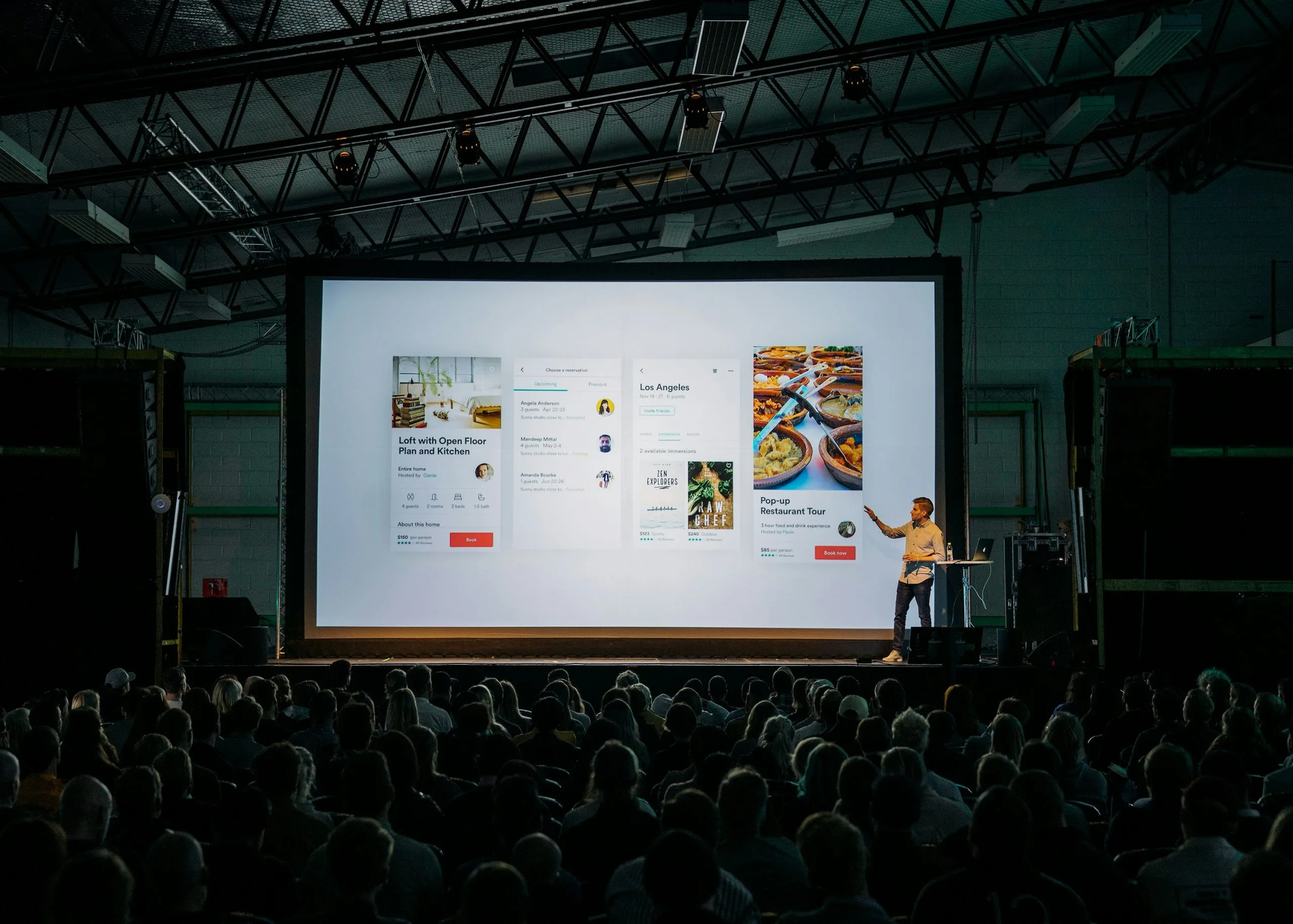To be aligned with the needs and requirements of the future of work, there is an increasing need for enterprises to reap the benefits of digitalisation, artificial intelligence (AI) and a flexible workforce.
In this regard, organisations in the CEE region are ideally placed to succeed, as are workers from across the region with the skills, knowledge and expertise that the evolving labour market is demanding.
The rules of the road are being shaped by the AI Act and the Platform Worker Rights Directive at the European level. These respectively cover the EU’s attempt to regulate AI by laying out conditions for the analysis and classification of AI systems according to the risk they pose to users, as well as the rights of individuals working via digital platforms.
With regards to platform worker rights, the definition of a labour market platform needs to be clear. If not, then millions of independent workers from across the CEE region will be unintentionally misclassified.
This includes a whole host of sectors from IT experts, medical professionals and educators to photographers, cleaners, musicians and artists: everyone who uses online platforms to connect with clients, in effect.
Leading examples of such platforms across the region include Distributed, Supportwave, Ework Group, Accace, TalentDesk, Appjobs and WiseVision. These platforms, which facilitate the provision of services, could inadvertently be presumed as employers, thereby imposing unintended legal and operational constraints on independent professionals as well as the organisations themselves.
No general presumption of employment in the CEE region
The decision on whether individuals should be deemed employees should be made on the basis of harmonised criteria across Europe. Therefore, if three out of seven classification criteria are met, then an individual should be classified as an employee. It is important that a nuanced approach is adopted which respects the diversity of freelance work as well as the realities of self-employment.
It is vital that millions of entrepreneurs across the CEE region—as well as freelancers and one-person companies—are not forced into employment relationships against their will. A forced shift from an autonomous business model to a rigid employment structure would be terrible for independent talent and severely diminish the flexibility and freedom that is fundamental to why many choose freelancing and platform work.
To avoid these problems, CEE governments should adopt Voluntary Employment Classification. In this way, workers should be allowed to choose to ‘opt-in’ for employee classification. In practical terms, an individual could ask for their employment status to be tested vis-a-vis an established set of seven classification criteria.
Similarly, a freelancer could clearly state that they do not want to be seen as an employee and do not want there status to be tested against a set of criteria since they wish to be independent. This approach respects individual autonomy, allows those who want to be employed to be employed, and is more suited to the varied nature of freelancing and flexible work.
Getting the right approach on algorithmic management
Countries across the CEE region have been taking a very progressive and enlighted view on the issue of algorithmic management: namely the use of algorithms and data-driven systems to oversee, monitor, and make decisions about various aspects of workforce management, such as scheduling, task allocation, performance evaluation, and employee engagement.
This is positive and encouraging to witness. While it is important to prevent practices such as ‘robo-firing’, not every single algorithmic decision needs to be supervised by a human. The efficiency and benefits of freelancing, platform work and the digital economy as a whole often rely on automated processes.
A requirement of human oversight would introduce undue delays, more costs and increased operational processes and unnecessary bureaucracy. It would also be unworkable from a practical perspective. As such, CEE states should adopt a clear risk-based system – as favoured by the new European AI act – whereby human oversight is only required if there is a high risk to health and safety.
Furthermore, national legislation in this regard cannot go beyond the requirements of the EU General Data Protection Regulation (GDPR) but should rather be aligned with it.
Companies across the region are benefiting from technology and more dynamic talent arrangements as they adapt to the future of work and exploit the advantages that technology provides. In the technology and professional services space, companies are also thriving as they provide enterprises with the skills that they increasingly need.
An increasing number of organisations are picking up on this trend and in the words of Mark Twain, the secret to getting ahead is getting started.
Photo by Hannah Wei on Unsplash.







